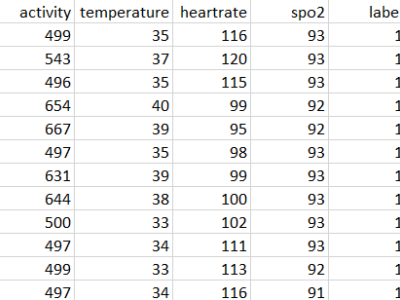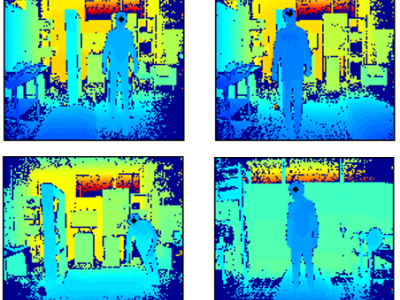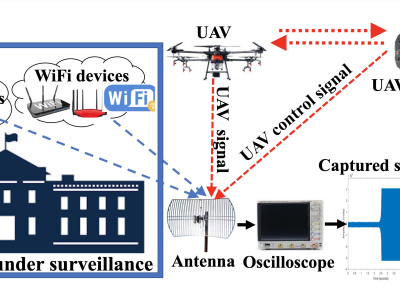Health Sensor Data

- Citation Author(s):
-
Giriraj NAVishal ShrivastavSudhanshu Tiwari
- Submitted by:
- Giriraj NA
- Last updated:
- DOI:
- 10.21227/hx8n-k219
- Data Format:
 2603 views
2603 views
- Categories:
- Keywords:
Abstract
A dataset comprising a total of 21 individuals has been meticulously compiled, with 9 individuals identified as exhibiting Major Depressive Disorder (MDD) based on the outcomes derived from the PHQ-9 Questionnaire. The remaining 12 individuals in the dataset are classified as non-MDD.
The dataset encompasses diverse sensor data, including temperature measurements, SpO2 readings, pulse rates, and accelerometer data. It is important to note that all data points were collected within a controlled environment, ensuring reliability and consistency throughout the dataset.
Columns
Accelerometer X-Axis
Temperature in degrees - Celsius Scale
Pulse Rate in BPM
SpO2 in %
Label 1 as MDD and 0 as Non-MDD
Instructions:
All the essential details are already provided in the "text.md" file showing all essential details of the dataset. Below are the details about How to Use and How to reproduce data-
How to Use
1. Download the Dataset: Obtain the dataset file containing the sensor data and classification labels.
2. Load the Dataset: Use your preferred data analysis tool or programming language to load the dataset. For example, in Python, you can use libraries such as Pandas to read the dataset file into a DataFrame.
3. Explore the Data: Once loaded, explore the dataset to understand its structure and contents. You can examine the columns, and summary statistics, and visualize the data to gain insights.
4. Analyze the Data: Perform any desired analysis or machine learning tasks using the dataset. You can use the provided classification labels to train predictive models or conduct statistical analysis.
How to Reproduce Data
1. Participant Recruitment: Recruit a sample of individuals for the study, ensuring representation from both Major Depressive Disorder (MDD) and non-MDD groups.
2. PHQ-9 Questionnaire Administration: Administer the Patient Health Questionnaire-9 (PHQ-9) to classify participants into MDD and non-MDD groups based on established cutoff scores.
3. Data Collection Setup: Establish a controlled environment for data collection to ensure reliability and consistency across measurements.
4. Sensor Data Collection: Collect sensor data, including temperature measurements, SpO2 readings, pulse rates, and accelerometer data, from each participant within the controlled environment.
5. Data Recording: Record all sensor data accurately, ensuring proper synchronization and labeling for each participant.
6. Dataset Compilation: Compile the collected data into a dataset, organizing it into a tabular format with appropriate columns and classification labels.









Thank you
Dear all. Very interesting research. I would like to know if there is a paper related to this dataset?